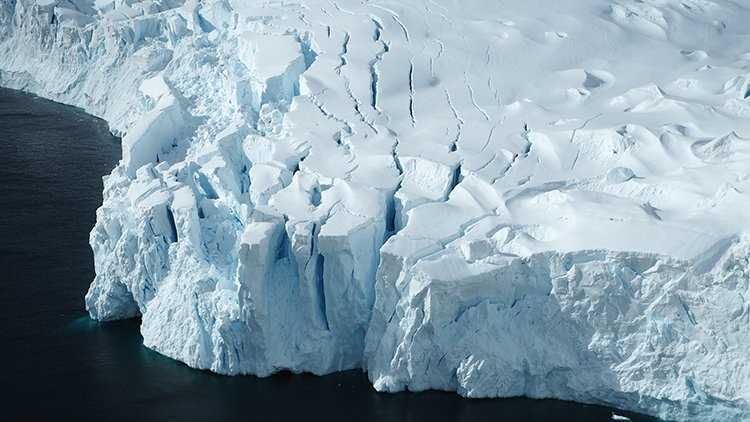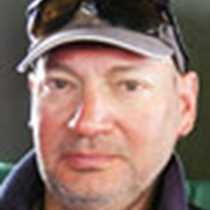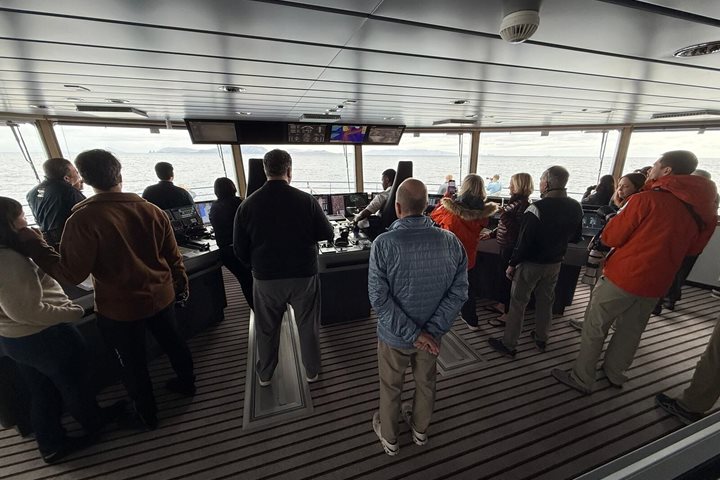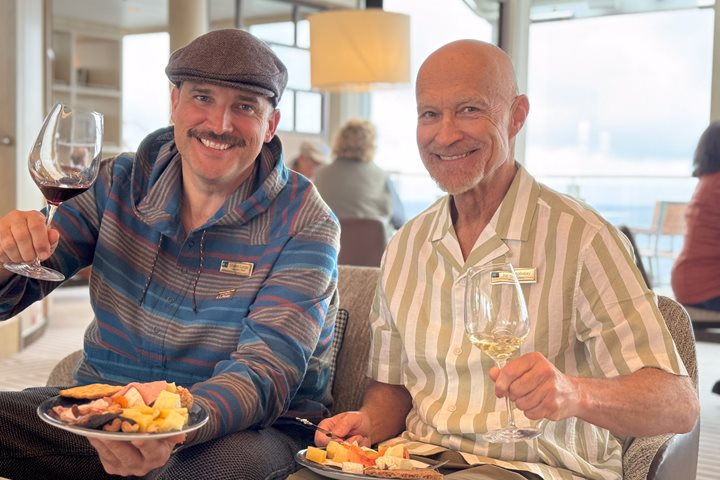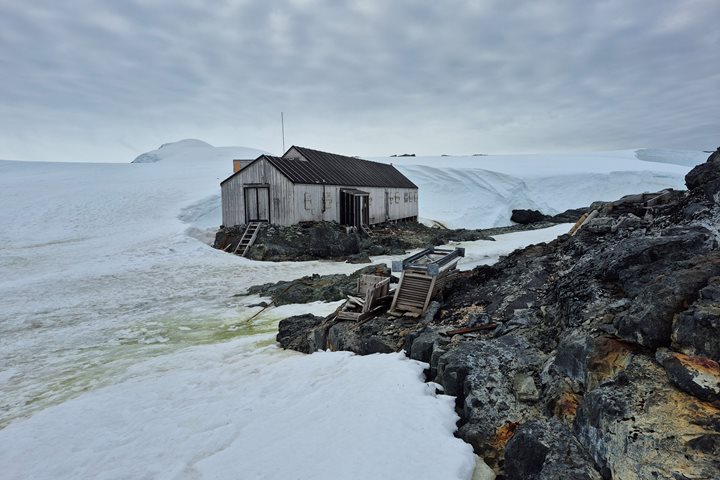Antarctica often throws up the unexpected. Early this morning some of us awoke to realize that the familiar thrum of the ship’s engine was missing. Later we found that there is a mechanical glitch and that we must proceed towards Ushuaia under reduced power at a modest speed. Although onward travel plans from Ushuaia will need some re-configuring due to our late arrival, we are not in any risk and have sufficient luxuries to see us through.
We have time to reflect on the experiences of the last ten days as we cross the Drake at a leisurely pace. ANTARCTICA could be dissected as follows:
A is for the Antarctic Circle, at 66° 33’ South, crossed in the early morning of Christmas eve to the sound of the ship’s horn, whoops of joy and the tinkling of champagne glasses.
N is for Neko Harbour, where we climbed to a vantage point overlooking the fast moving glacier that seemed ready to calve at a moment’s notice and viewed the panorama of mountains and ice before us. This landing is on the continent, not an island. It is named for the whale processing ship Neko that for twenty years used the harbor as a workplace from 1911.
T is for Tern. The Antarctic Tern is one of the prettiest birds of the South. We have seen many during our time amongst the pack ice, coursing above the inlets about 25’ above our heads then diving for krill and fish.
A is for “Base A”, Bransfield House at Port Lockroy where we enjoyed the hospitality of UK Antarctic Heritage Trust, did a little shopping and sent postcards. The station was established by Britain for observing enemy shipping movements as a part of Operation Tabarin during the Second World War. It was later handed over to the British Antarctic Survey then was abandoned for many years before a restoration team commenced its preservation. It represents a snapshot in time of life in the early 1960’s.
R is for Research. Antarctica, under the protocols of the Antarctic Treaty is a continent for peace and science. In the history lecture series we have heard how all the expeditions of the so-called Heroic Era of Antarctic exploration had a scientific research component to complement the geographical endeavours.
C is for Cuverville Island, one of our best landings amongst the Gentoo colonies. The island was named by Adrien de Gerlache during his Belgian Antarctic Expedition of 1897-99 and commemorates a French Admiral who aided the expedition with supplies.
T is for Una’s “Peaks” that guard the entrance to the Lemaire Channel. Named by British expeditioners in fond memory of Una Spivey, a secretary in the governor's office in Stanley, Falklands Islands who was working for what is now the British Antarctic Survey.
I is for Ice, in all its forms, from the massive tabular bergs right down to the crystal clear lumps of glacier ice brought back to the ship and reconfigured as “Bar Ice”. Ashore we have been surrounded by snow-covered mountain ranges where the surface in sunlight appears to have the texture of silk.
C is for Cruising by inflatable boat. Photographing wildlife and exploring Hidden Bay’s delightful bergs and sea ice at sea level was a sublime experience.
A is for the “A” factor. The likelihood that unexpected events can occur, whether through weather conditions, misadventure or lucky happenstance. We are working together through an “A” Factor event as we motor doggedly towards port.
Later in the afternoon we met in the lounge for an update on our progress towards Ushuaia. With wind and sea abating our speed was up to 4 to 5 knots and the ride was becoming more comfortable. Arrival in Ushuaia was speculated to be early morning on Thursday 29th, and updates to travel arrangements for homeward flights would be initiated when there was some certainty about arrival.
In the meantime we stayed snug and occasionally enjoyed complimentary bar service in the lounge.

